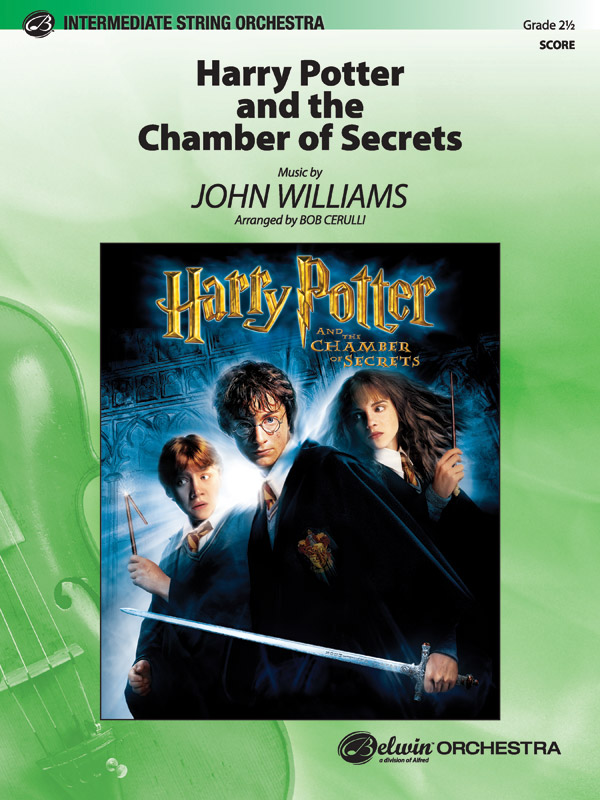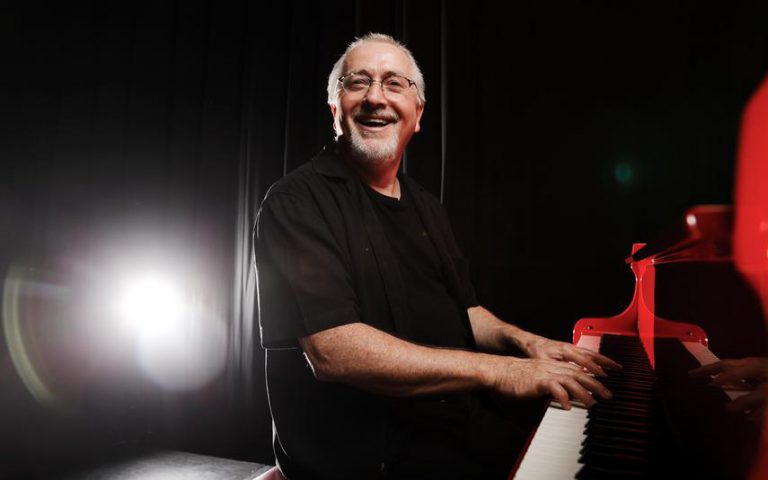

This is very much a continuation of the musical ideas of the past, with an awareness that the new film is a prequel to the Harry Potter saga. There's also a certain lightness afoot, balanced by big brass and electronically-processed percussive arrangements that uniquely define Howard's sound.Īmidst everything, though, there is still a lineage, as Hedwig's Theme is not lost: it's woven in to the score, and is heard at the movie's very beginning. There's a significant amount of jazz and compositional turns more epic than we have heard before. He makes his way back to an American nostalgia for the roaring twenties. However, Howard has proven himself quite flexible and in fact has composed a score most closely resembling what he did with Peter Jackson's take on King Kong in 2005. Coming off of franchises like The Hunger Games and Christopher Nolan's Batman trilogy, it would be easy to assume what his approach to the sound would be.
#HARRY POTTER COMPOSER MOVIE#
This is really a road movie turned end-of-the-world action thriller and his work exudes an empathy for the revolutionaries' forward motion.Īnd now we have Fantastic Beasts and Where to Find Them, with a score by a composer who never wrote any music for Harry Potter: James Newton Howard.

His task with the final installments was something quite different from the rest. He has long been known as a composer's composer, easily standing in the concert hall as well as the movie theater - a trait that unites him with Williams. What Desplat brings to the table is a classicism and delicacy unlike anyone else.
#HARRY POTTER COMPOSER SERIES#
This makes Half-Blood Prince the most modern-sounding of all the films and distinguishes that film and Phoenix from the rest of the franchise.Īlexandre Desplat was brought in to finish the series - initially for the first part of Deathly Hallows only, and then the second once it was confirmed John Williams could not return due to scheduling. This creates tension in the music: a sense of energy and destabilization as Voldemort makes his way towards taking control. He deploys the drums heavily (though low in the mix, so more like a heartbeat), and as with Phoenix uses the strings to a greater extent than Williams or Doyle.

Originating from a piece of choir-and-drums orchestration for a scene that was was eventually cut, the score has a somber tone with a richness unparalleled in the franchise. When it came time to pursue Half-Blood Prince, Hooper realized it needed to be simpler. After that, we all decided that it was best if I moved into my own way of composing rather than trying to emulate John Williams, which is impossible." I used some of his themes, particularly his Hedwig Theme. "I started by listening to a lot of the John Williams score," said Hooper, "particularly from the third movie, Prisoner of Azkaban, which I loved and I suppose is closest to what I was trying to do.


 0 kommentar(er)
0 kommentar(er)
